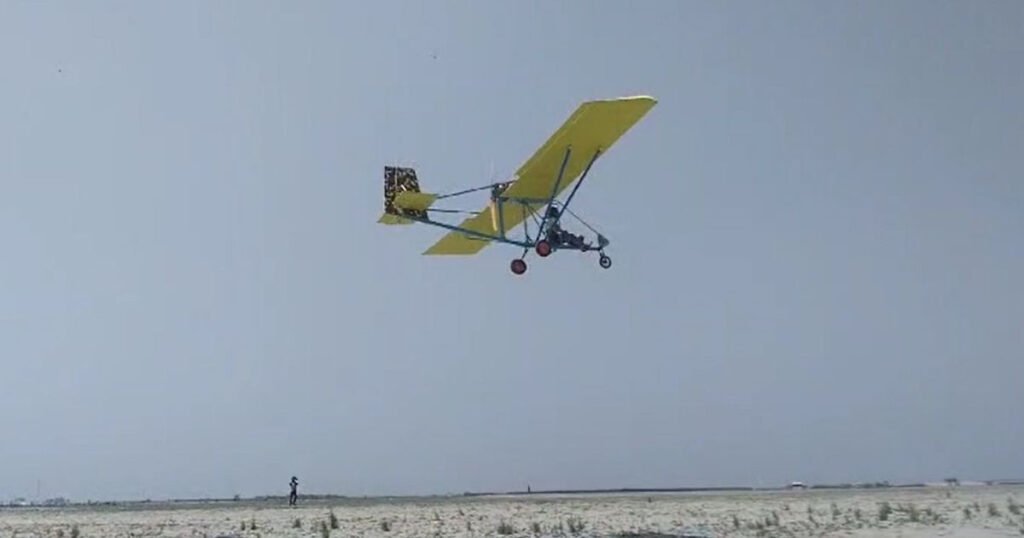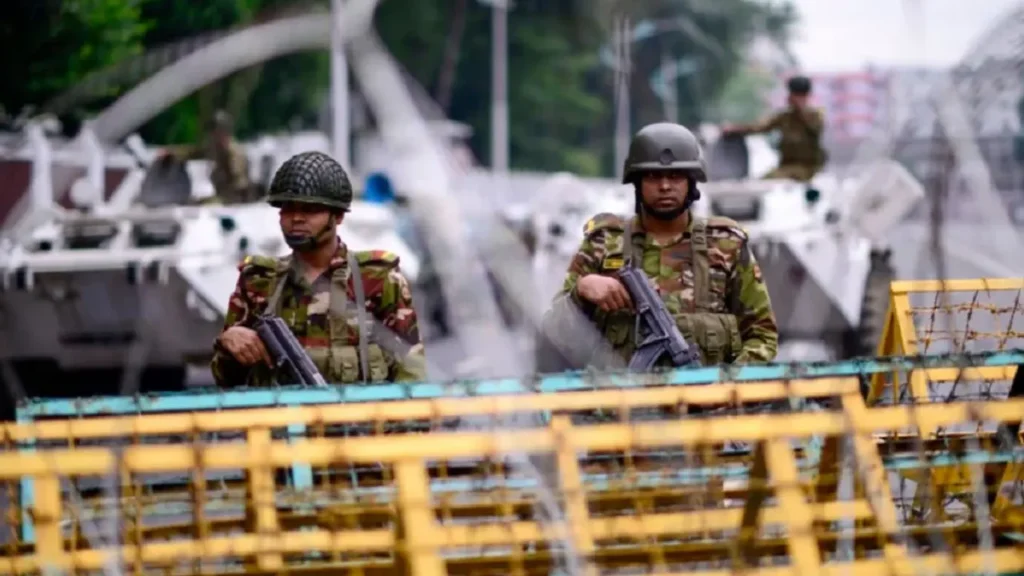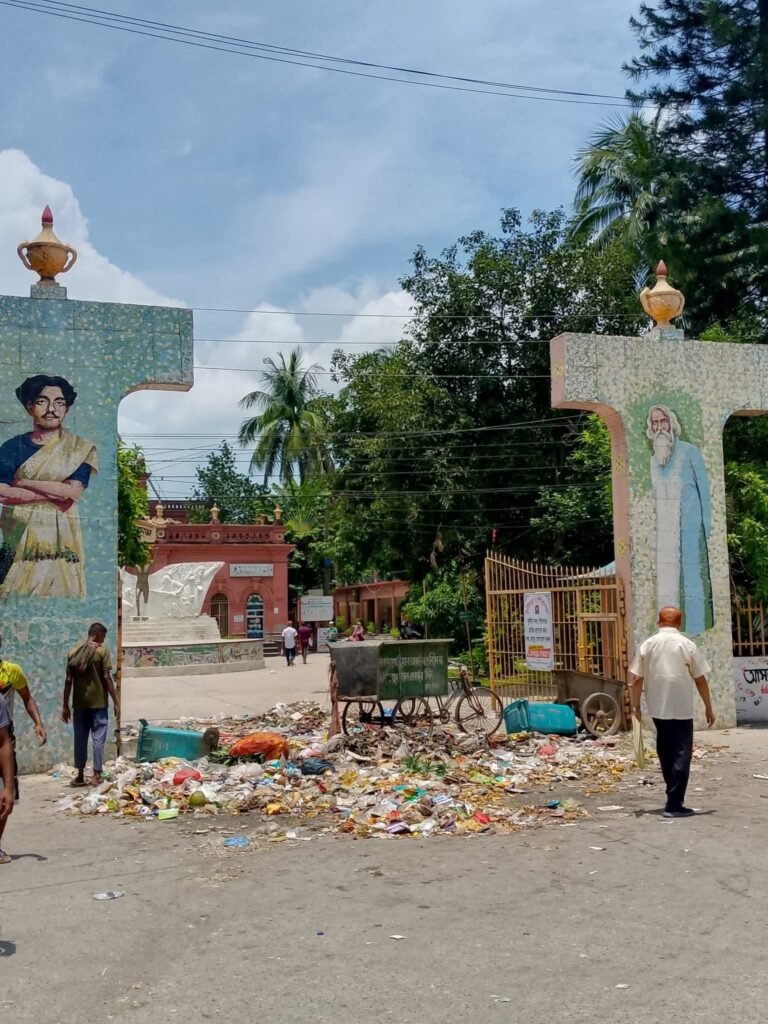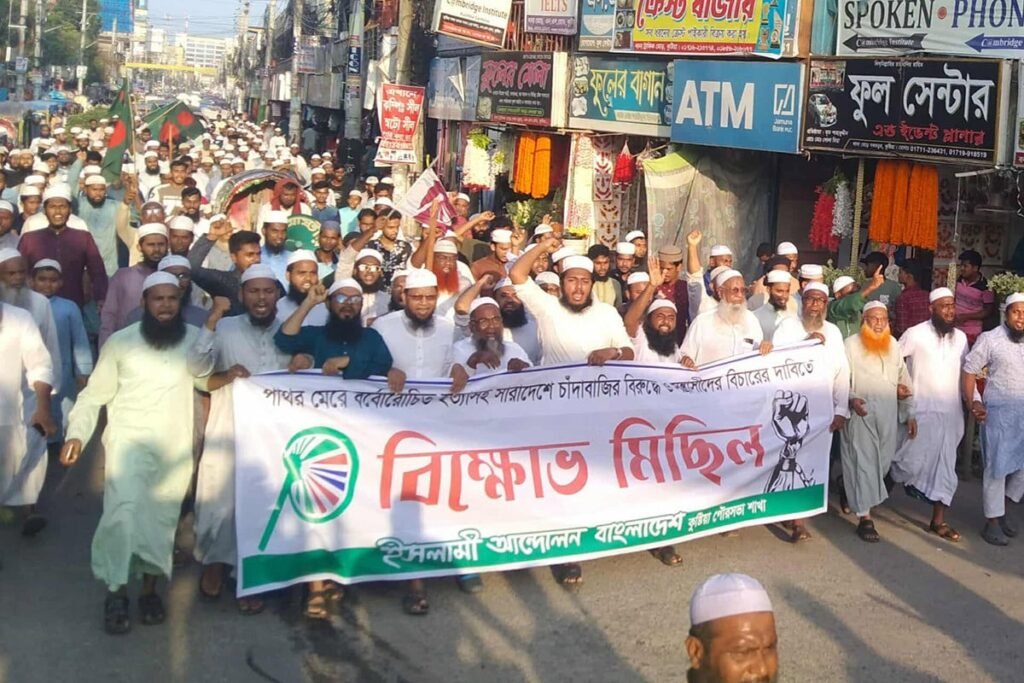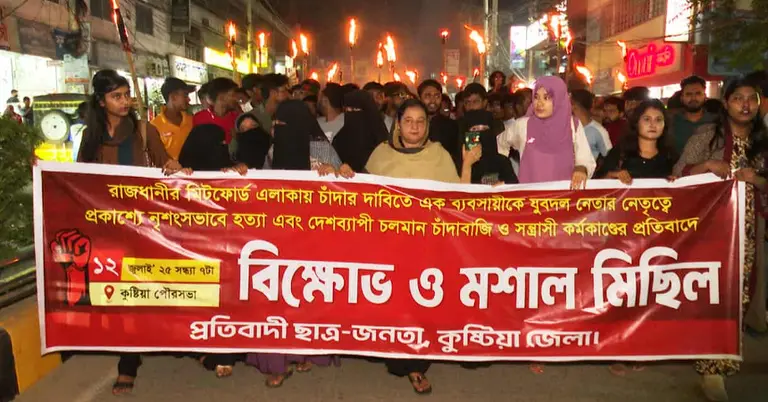The war in the Gaza Strip has taken an unconscionable toll on children. At least 14,500 have been reported killed, with thousands more injured. Nearly every child in Gaza knows what it is to be displaced: Their families have been torn apart, their homes destroyed.
No child will emerge from the horrors of bombardment without the imprint of trauma.
UNICEF is mobilizing resources to scale up and expand our emergency response. But only with safe, unrestricted access throughout Gaza can humanitarians get relief into children’s hands. The challenges of aid delivery in Gaza are many. The reasons to persist are more.
What UNICEF is doing now | What we are calling for | News and updates | Response challenges
Since the start of this war, UNICEF staff have remained on the ground, working with partners to provide safe drinking water to displaced families, treatment for severely malnourished children, and medical supplies and vaccines for children in hospitals and shelters.
UNICEF has been surging support to children in critical need and working to expand existing services while establishing new ones to reach families on the move. But unless aid is consistently allowed to enter the Gaza Strip – whether or not there is a ceasefire in place – roughly 1 million children will be living without the very basics they need to survive.
The ceasefire must be reinstated and sustained, all hostages must be released and reunited with their families, and international humanitarian law must be respected.
Safe and unrestricted humanitarian access throughout the Gaza Strip for the flow of all necessary aid, through all reliable entry points, at scale and in a timely manner. This includes taking steps to address the security environment. The safe movement of humanitarian workers and supplies across the Gaza Strip must be guaranteed, and reliable telecommunications networks made available to coordinate response efforts.
Respect and protection for the civilian infrastructure that children depend on, such as schools, hospitals, and water and sanitation infrastructure. The protection of Gaza’s remaining functional civilian infrastructure is critical to prevent further loss of life and provide care to the sick and wounded.
Immediate medical evacuation for injured and sick children, in accompaniment with their family members, and for all with urgent medical needs to safely access critical health services or be allowed to leave.
Protection for people on the move. Children and their families must be allowed to move freely and should not be forced to relocate.
A lasting political resolution that prioritizes the rights and well-being of this and future generations of children.
From – https://www.unicef.org




